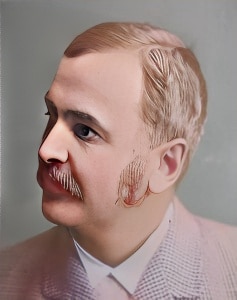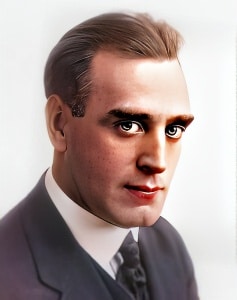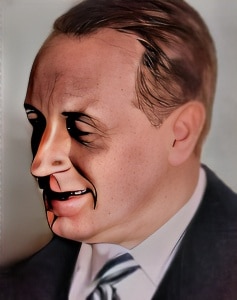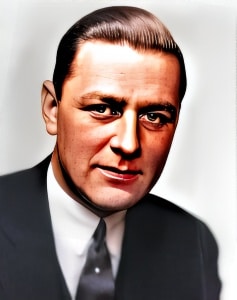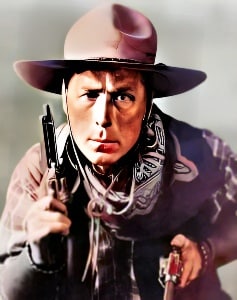 William S. Hart, born on December 6, 1864, in Newburgh, New York, was a celebrated figure in the early years of American cinema.
William S. Hart, born on December 6, 1864, in Newburgh, New York, was a celebrated figure in the early years of American cinema.
Known for his iconic roles in Western films, he left an indelible mark on the history of Hollywood. His career spanned the silent film era, and he became a pioneer of the Western genre, shaping its early conventions and contributing to the evolution of filmmaking.
Hart’s journey in the world of entertainment began during the late 19th century when he worked as a stage actor. It was during his time on the stage that he honed his skills as a performer, which later translated seamlessly into his acting career in silent films. His distinctive rugged appearance and deep-set eyes made him a compelling presence on the screen.
One of the most remarkable aspects of William S. Hart’s career was his portrayal of strong and principled characters in Western films. He often played the role of a stoic cowboy with a moral compass, which resonated with audiences. His performances were marked by their authenticity and sincerity, making him one of the most revered actors of his time.
Hart’s transition from the stage to the silent screen was a turning point in his career. His first major film role was in “The Bargain” (1914), directed by his friend and filmmaker Thomas H. Ince. The film marked the beginning of his significant contributions to the Western genre.
One of his most iconic roles was in “ Hell’s Hinges” (1916), directed by Charles Swickard and produced by Thomas H. Ince. The film’s narrative revolved around a preacher, played by Hart, who aimed to reform a morally corrupt town. His performance in this film highlighted his ability to convey the complexity of his characters’ journeys, from men of faith to men of action.
Hart’s collaboration with director Thomas Ince was instrumental in shaping his career. They worked together on several successful Westerns, including “The Gunfighter” (1917), “The Narrow Trail” (1917), and “The Border Wireless” (1917). These films solidified his status as a leading figure in the Western genre, and his partnership with Ince allowed them to innovate and refine the conventions of the genre.
One of the defining characteristics of William S. Hart’s Westerns was their commitment to authenticity. He was known for his dedication to accurately representing the historical West in his films. This dedication extended to the costumes, props, and settings, which contributed to the films’ realism and appeal.
Hart’s impact on the Western genre was profound. He not only defined the image of the Western hero but also influenced subsequent Western stars and directors. His films explored themes of justice, morality, and the clash between good and evil, resonating with audiences during a time when America was undergoing significant social and cultural changes.
The transition to sound films marked a profound shift in the film industry, and many silent film actors struggled to adapt. While Hart’s career waned during this period, his contributions to the silent film era remained a testament to his skill as an actor and his influence on the Western genre.
In conclusion, William S. Hart was a seminal figure in the early years of American cinema, particularly in the Western genre. His portrayals of principled and stoic cowboys resonated with audiences and left an enduring mark on Hollywood history. His dedication to authenticity and his collaboration with pioneering filmmakers like Thomas H. Ince elevated the Western genre and contributed to the development of American cinema. While his name may not be as widely recognized today, his performances and contributions to the art of storytelling continue to be celebrated as an integral part of early Hollywood.

